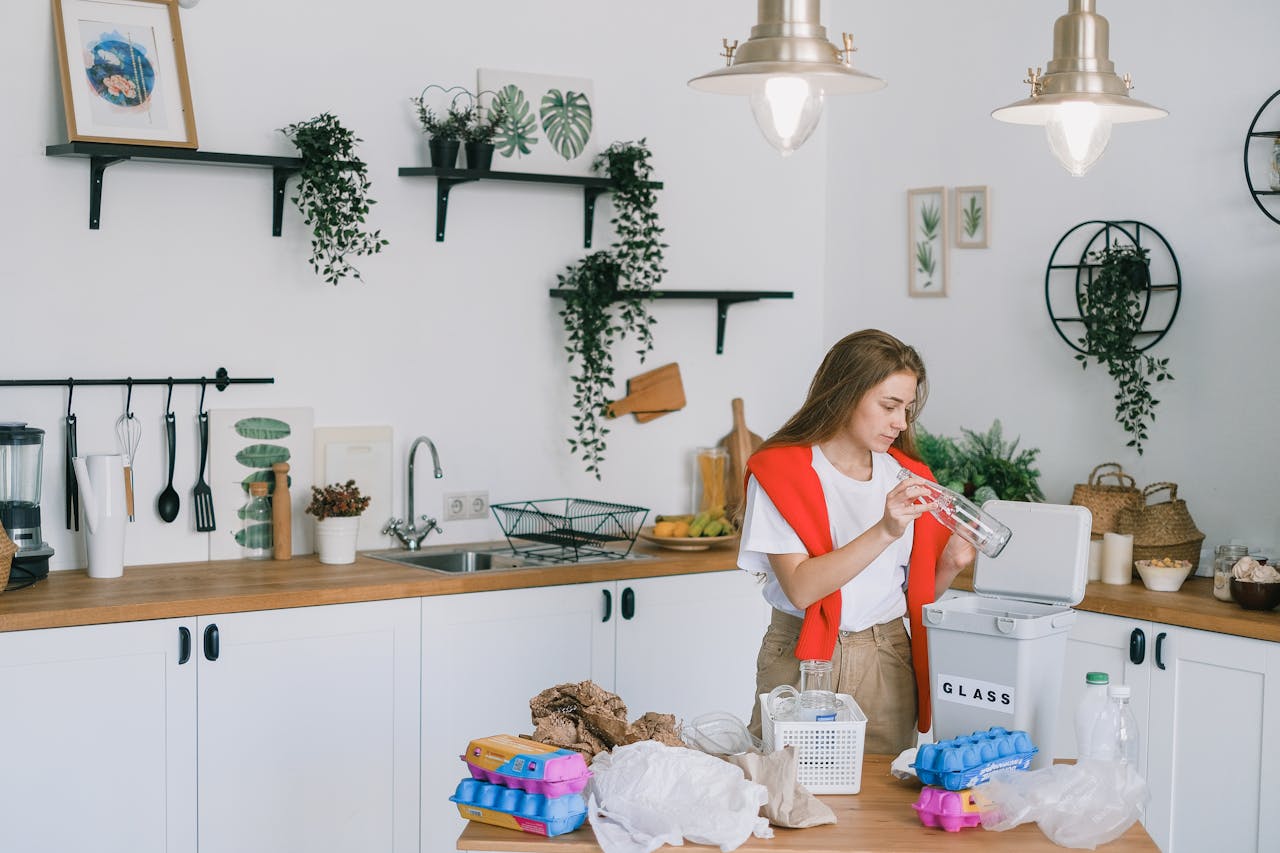Before you toss common stuff, check if a quick reuse will save money and cut trash. The EPA says Americans generate over 4 pounds of waste per person daily, so keeping items in service even once more matters. These nine ideas avoid safety risks and work with materials most homes have. Each tip includes a small fact so you know the reuse is practical, not just a trend from a short video. Small habit shifts like these add up across a household over a year, cutting bin volume and saving a little cash.
1. Glass jars for pantry storage
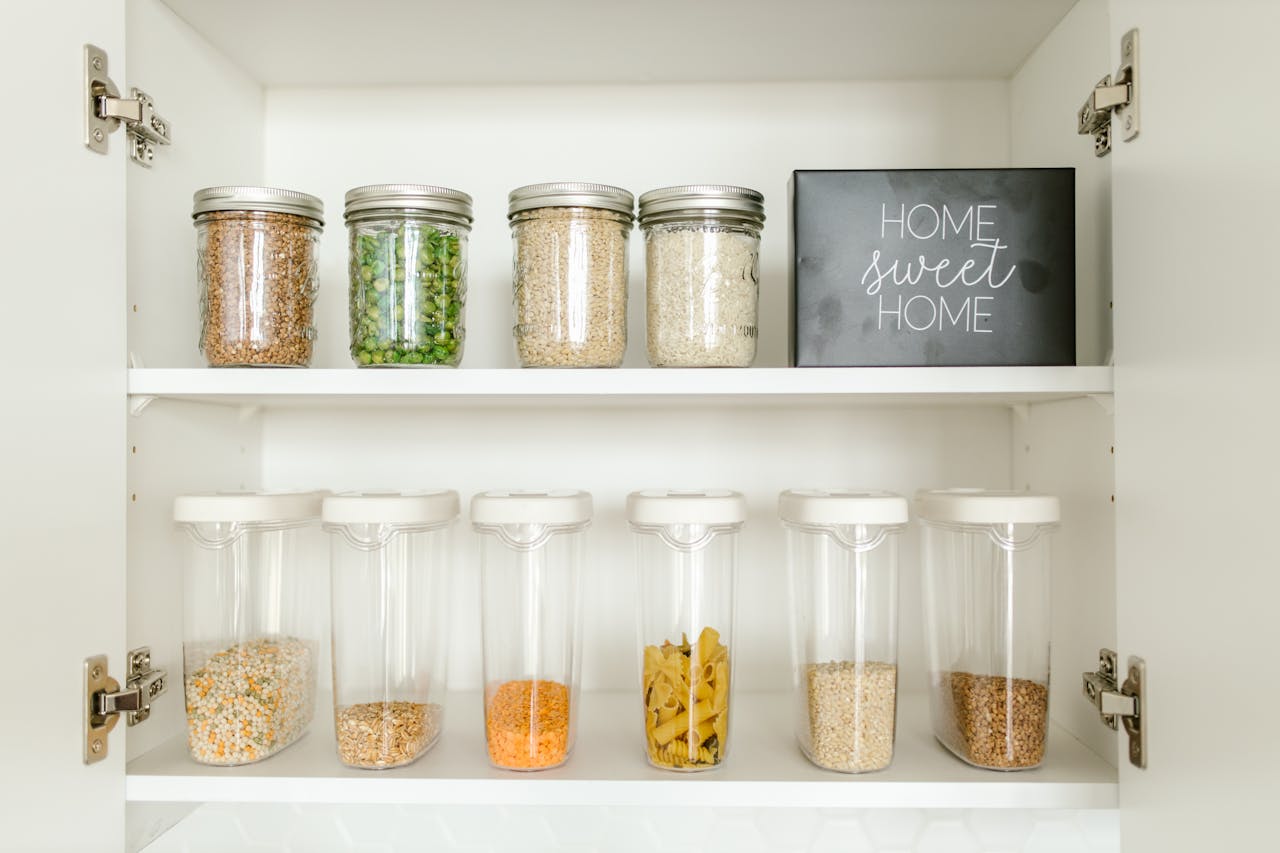
Rinse, remove labels, and use for rice, oats, or snacks. Glass is nonporous and odor resistant, so it will not stain or leach flavors like some plastics. Standard metal lids seal well for dry goods. Clear sides make inventory checks fast, cutting duplicate buys. If you later recycle, glass is infinitely recyclable without losing quality, but reuse first to skip washing energy at the plant. Keep jars for dry storage only if the seal is worn. Square jars also stack well on pantry shelves, making small spaces work harder without buying new containers.
2. Cardboard as drawer dividers
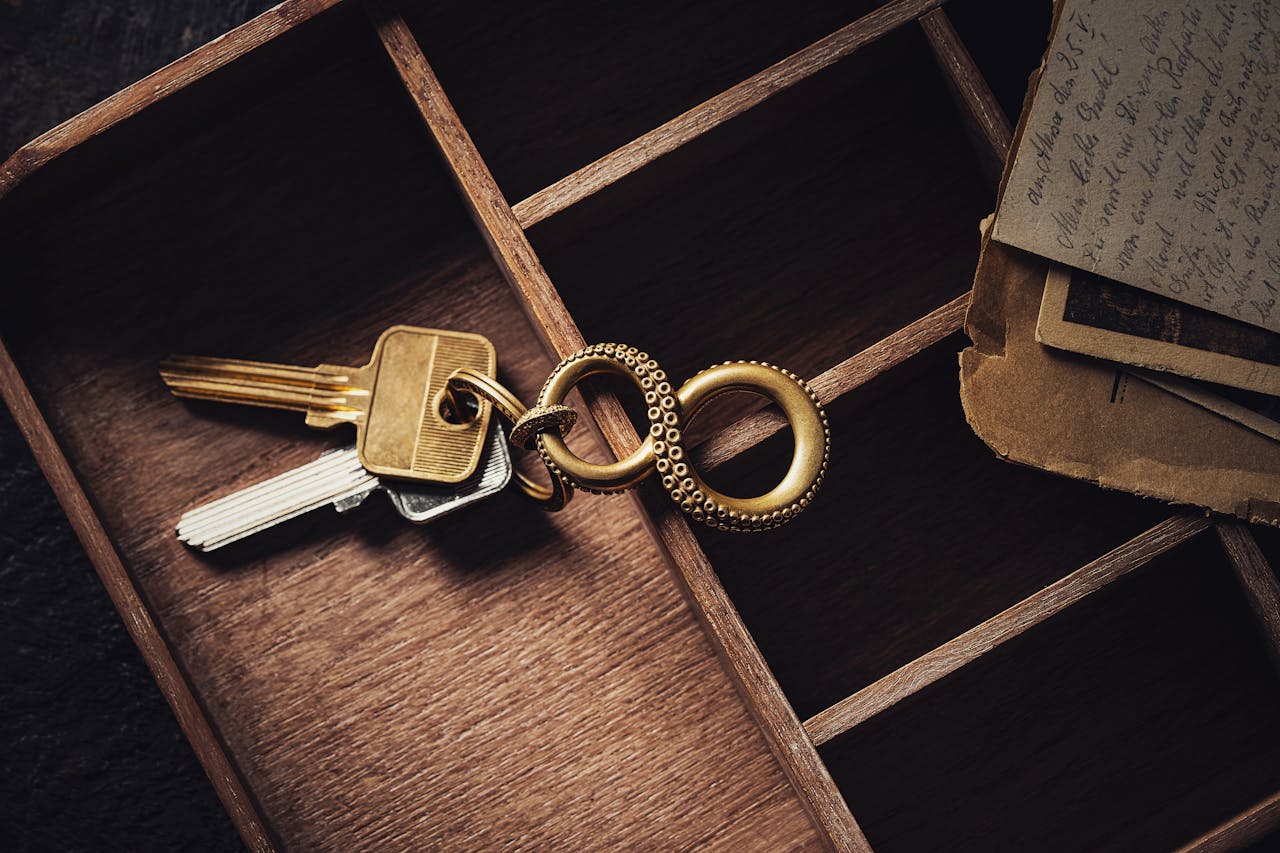
Cut corrugated boxes into snug strips to sort socks, tech cables, or school supplies. Corrugated fiber can be recycled around five to seven times before the fibers shorten, so one reuse delays the trip to the bin and keeps edges stiff. Label each section so items return to the same spot. Avoid greasy boxes because oil weakens paper recycling. When the dividers wear out, flatten and recycle with mixed paper to finish the lifecycle right. Tape the top edge for smoother slides and safer fingers, then swap sections as seasons change to keep order simple.
3. Old T-shirts as cleaning cloths

Cotton t-shirts are lint-free and absorbent, great for glass, mirrors, and car interiors. Microfiber sheds microplastics during washing, but cotton does not shed plastic. Cut along seams to make flat squares, then hem edges if you want no fray. Color code by task (bathroom, kitchen, windows) to prevent cross-use. Wash hot after dirty jobs. This reuse saves rolls of paper towels fast and keeps textiles out of landfills a little longer. Air dry between uses to prevent musty smells and store a stack in each room so cleanup is fast and consistent.
4. Paper egg cartons for seedlings

Only use paper pulp cartons, not foam or plastic. Poke a small drainage hole in each cup, fill with seed mix, and set on a tray. The pulp breathes and holds moisture evenly for sprouts. When roots fill the cell, tear the cup apart and plant the whole piece outdoors so roots are not disturbed. The carton will break down in soil, returning fiber to the garden. Avoid using cartons that touched raw egg spills. Label sowing dates so you can track germination and rotate trays toward light to keep seedlings sturdy, not leggy.
5. Silica gel packets to dry tools
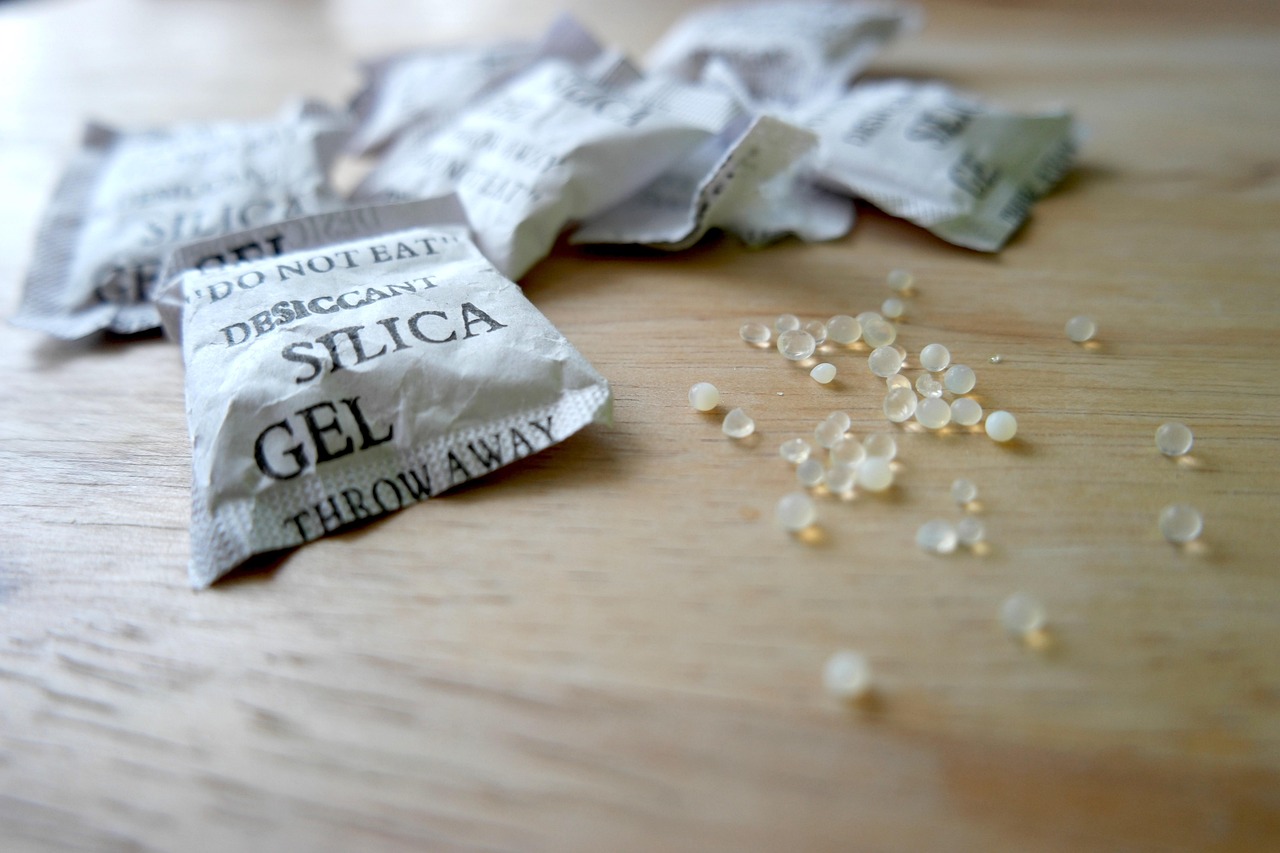
Drop packets in a toolbox, camera bag, or sneaker bin to reduce humidity and prevent rust or mildew. Silica is inert but a choking hazard, so keep away from kids and pets. To recharge, bake the packets on low heat per packet instructions, then cool before reuse. This cuts replacement costs for blades and helps keep lenses clear in humid climates. Do not open the packets; the beads work best sealed inside breathable sachets. Color change beads or cards can indicate when packets are saturated and ready for a low heat recharge in the oven.
6. Bubble mailers as liners
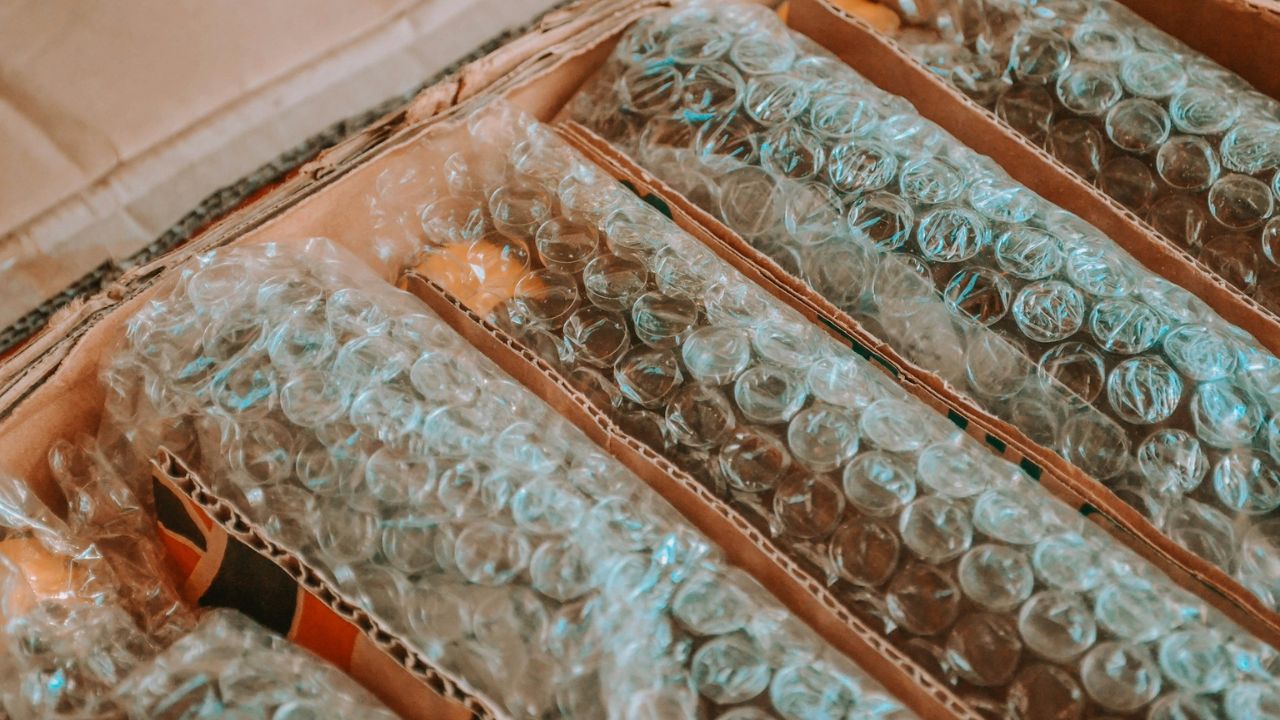
Reuse padded envelopes to shield laptops in backpacks or to cushion drawers with fragile items. Many padded mailers are not accepted in curbside bins because mixed materials jam equipment, so second use keeps them out of the trash longer. If the mailer is clean plastic film, it may qualify for store drop off after reuse. Mark out old labels to protect privacy. Replace if the inner bubbles are popped, since cushioning drops sharply when cells fail. Slip one into a suitcase as a light laptop sleeve during travel; save bubble wrap for packing fragile items when moving.
7. Candle stubs to make a new candle

Gather leftover wax, pop out metal wick tabs, and melt gently in a double boiler. Pour into a heat safe jar with a new cotton wick. Combine similar wax types for best burn. This consolidates small pieces that would be discarded and reduces new purchases. Never microwave metal wick tabs, and never heat wax unattended. Trim wicks to a quarter inch to limit soot. One eight ounce jar typically uses several saved stubs. Leftover scent oils from old candles may carry, so group similar scents and clean jars with warm soapy water before reuse.
8. Used coffee grounds for odor control and compost

Dry grounds on a tray, then place a small bowl in the fridge or shoe cabinet to absorb smells. Grounds are rich in nitrogen, so add them to compost in thin layers with dry browns like paper to balance moisture. Avoid dumping wet grounds down sinks because they can clump with grease and slow drains. For scrubbing pots, mix dried grounds with a little dish soap and rinse thoroughly after the scrub. Rinse grounds off metal strainers quickly to avoid discoloration and dry the pan fully to prevent rust after abrasive scrubs.
9. Wine corks as furniture feet

Real cork handles heat and compression well because its cells act like tiny springs. Slice corks and glue to chair legs to protect floors, or glue whole corks together for a hot pad. Natural cork is harvested from bark and regrows, so it is a renewable material. If you are not sure it is real cork, try pinching it; synthetic versions will not compress the same way. Replace pads when edges polish smooth from use. Keep a spare set in a drawer for quick chair repairs during moves and replace pads when they compress and slide too easily.
